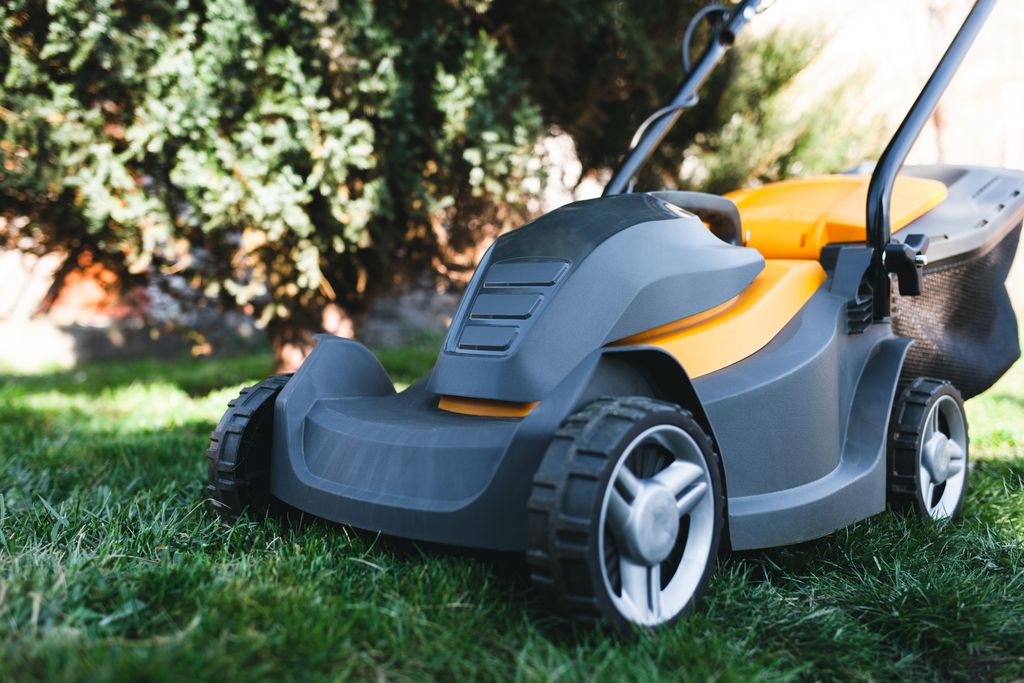Are you tired of your lawn mower struggling while cutting through your grass? It might be time for some lawn mower care!
One often overlooked aspect is changing the air filter. A clean air filter ensures your mower runs efficiently, leading to a healthier lawn and a longer-lasting machine.
In this post, we’ll walk you through the steps to change your lawn mower’s air filter, plus some tips to keep your mower in top shape.
This post contains affiliate links. As an Amazon Associate, I earn from qualifying purchases at no additional cost to you.
Why is Air Filter Care Important?
Much like our lungs need clean air, your lawn mower needs a clean air filter to operate effectively.
The air filter prevents dirt, debris, and other contaminants from entering the engine.
If it’s clogged, your mower can struggle to get enough air, which may lead to:
- Reduced power and efficiency: A dirty air filter restricts airflow, causing the engine to work harder and reducing its performance.
- Higher fuel consumption: With restricted airflow, the engine may burn more fuel to compensate for the lack of oxygen.
- Increased emissions: A clogged air filter can lead to incomplete combustion, resulting in higher emissions and contributing to environmental pollution.
- Potential engine damage: Over time, a clogged filter can allow contaminants to enter the engine, causing wear and tear on internal components.
When to Change the Air Filter
How often should you change the air filter?
A good rule of thumb is to check it at least once per season. If you mow frequently or in dusty conditions, you might need to change it more often.
Here are some signs that indicate it’s time for a replacement:
- Visible dirt or debris clogging the filter: If the filter appears dirty or clogged, it’s time for a change.
- A decrease in engine performance: If your mower struggles to start or runs roughly, a dirty air filter could be the culprit.
- Unusual engine noises: Strange noises, such as sputtering or knocking, can indicate the engine is not getting enough air
Tools and Materials Needed
Before you start, gather the following tools and materials:
- New air filter: Ensure it’s compatible with your mower model.
- Screwdriver (if needed): Some air filter covers are secured with screws.
- Clean cloth or rag: For wiping away debris.
- Protective gloves (optional): To keep your hands clean and safe.
Step-by-Step Guide to Changing Your Lawn Mower Air Filter
Step 1: Prepare Your Mower
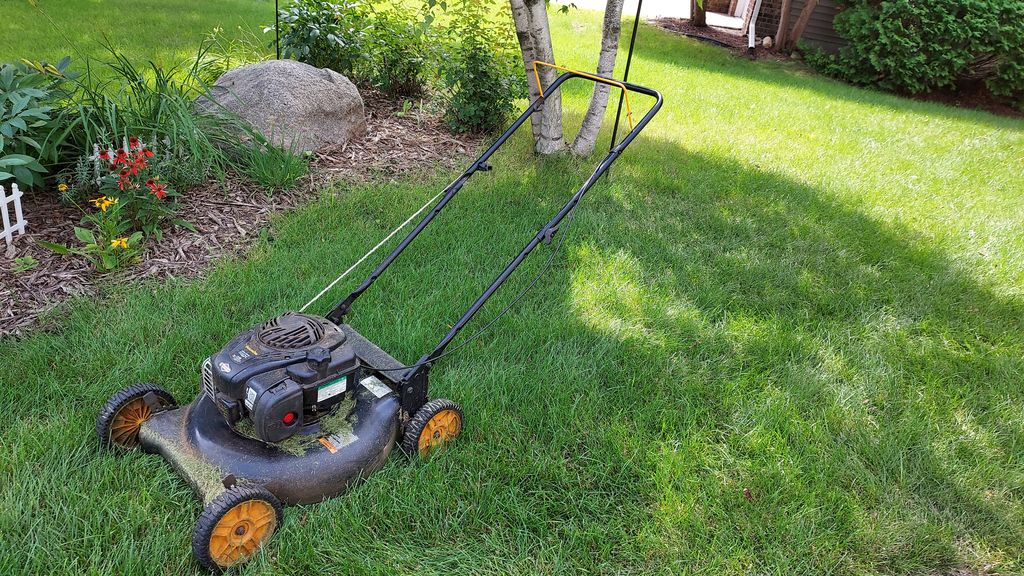
Before you begin, ensure your mower is on a flat surface. Turn off the engine and disconnect the spark plug to prevent accidental starting. This step is crucial for your safety.
Common Issue: Mower starts unexpectedly during maintenance.
Solution: Always disconnect the spark plug before performing any maintenance to eliminate the risk of accidental starting.
Step 2: Locate the Air Filter
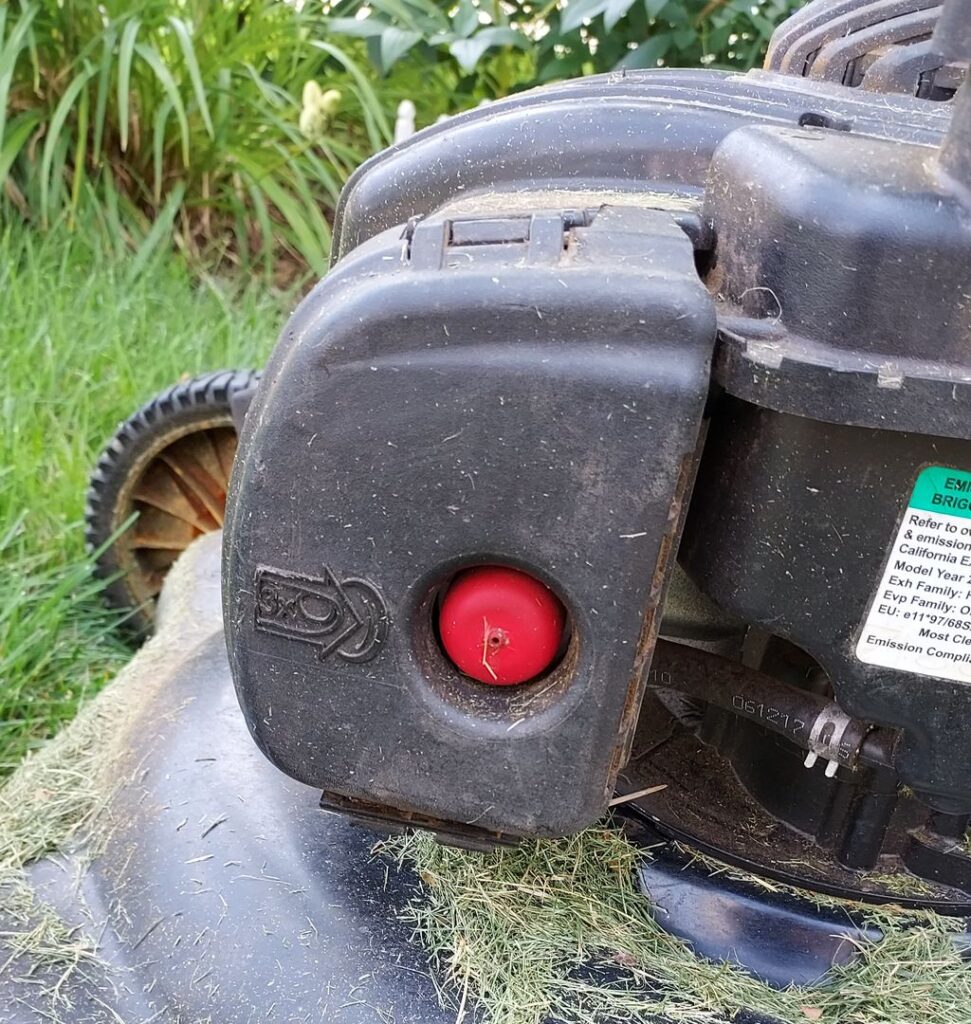
Depending on the model, the air filter is typically located near the engine. Consult your owner’s manual for specific details on where to find it.
Common Issue: Difficulty locating the air filter.
Solution: Refer to the owner’s manual or search online for a guide specific to your mower model.
Step 3: Remove the Old Air Filter
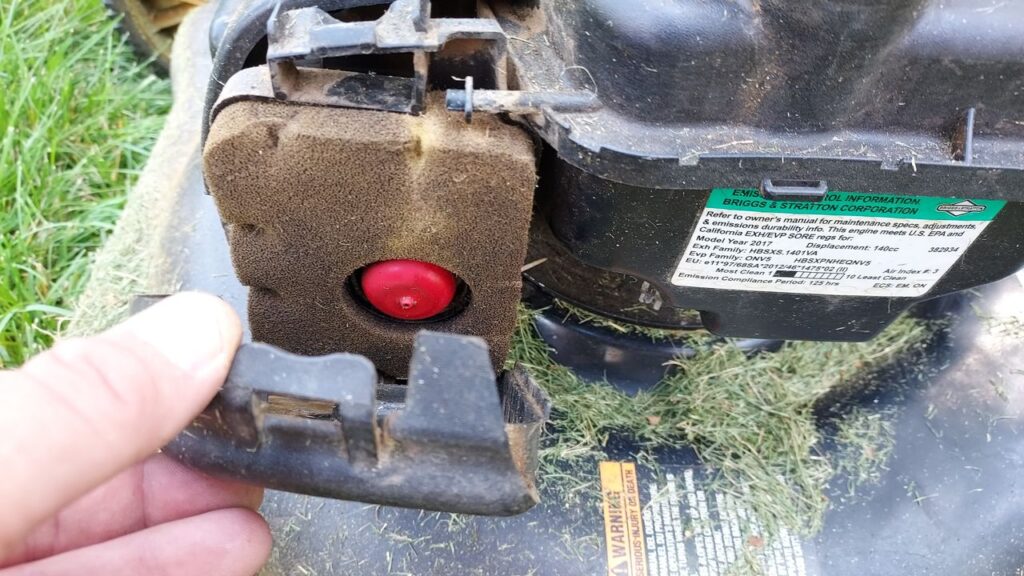
Carefully unscrew or unclip the air filter cover. Take a moment to inspect it for any signs of wear. Gently remove the old filter, being cautious not to let any debris fall into the engine.
Common Issue: Debris falling into the engine.
Solution: Be gentle when removing the filter and cover the engine opening with a clean cloth while cleaning the surrounding area.
Step 4: Clean the Area
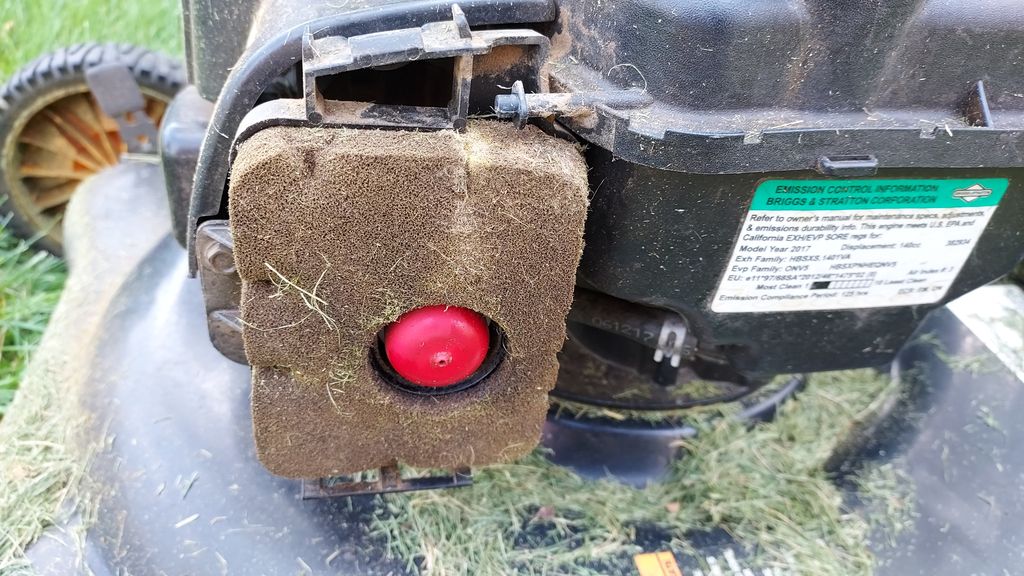
Using a clean cloth or rag, wipe away any dust or debris from the air filter compartment. This ensures a clean environment for the new filter.
Common Issue: Residual dirt causing problems with the new filter.
Solution: Thoroughly clean the area before installing the new filter to avoid contamination.
Step 5: Install the New Air Filter
Place the new air filter into the compartment. Make sure it fits snugly and securely. Reattach the cover, ensuring everything is fastened properly.
Common Issue: Incorrect filter installation.
Solution: Double-check the fit of the filter before securing the cover. An improperly seated filter can allow unfiltered air into the engine.
Step 6: Reconnect the Spark Plug
Once everything is in place, reconnect the spark plug. Your mower is now ready to be started!
Comparison of Different Air Filter Types
| Type of Air Filter | Pros | Cons |
|---|---|---|
| Foam Filters | Reusable, easy to clean, good for wet conditions | Can deteriorate over time |
| Paper Filters | Affordable, disposable, effective filtration | Not reusable, can clog quickly |
Additional Lawn Mower Care Tips
Changing the air filter is just one aspect of lawn mower care.
Here are some additional tips to keep your mower running smoothly:
- Regularly Check and Change Oil: Just like changing the air filter, clean oil is crucial for engine health. Dirty oil can cause overheating and reduce the engine’s lifespan.
Common Issue: Forgetting to check oil levels.
Solution: Set a reminder to check and change the oil regularly, especially before the mowing season starts.
- Sharpen the Blades: Dull blades can tear grass rather than cut it cleanly, leading to a stressed lawn.
Common Issue: Uneven cutting or grass tearing.
Solution: Sharpen blades at least once a season and after hitting hard objects.
- Clean the Undercarriage: After each use, remove grass clippings and debris to prevent rust and build-up.
Common Issue: Build-up of debris causing rust.
Solution: Clean the undercarriage after every use to prevent moisture retention and rust formation.
- Inspect the Cables and Hoses: Look for any signs of wear or damage that could affect performance.
Common Issue: Worn cables or hoses causing operational issues.
Solution: Regularly inspect and replace any damaged components to ensure smooth operation.
Conclusion
Regular lawn mower care, particularly changing the air filter, is essential for maintaining your mower’s efficiency and extending its lifespan. By following the steps outlined above, you can ensure your mower is always ready for action.
Remember, a well-maintained mower not only helps you achieve a beautiful lawn but also saves you money in the long run! So, grab that new air filter and give your lawn mower the care it deserves. Happy mowing!
F.A.Q
Why is it important to change the air filter in my lawn mower?
Changing the air filter is crucial because a clean air filter ensures that your lawn mower operates efficiently. It prevents dirt and debris from clogging the engine, which can lead to reduced power, higher fuel consumption, increased emissions, and potential engine damage.
How often should I check or change my lawn mower’s air filter?
It’s recommended to check the air filter at least once per season. If you mow frequently or in dusty conditions, you may need to change it more often. Signs that indicate a replacement is needed include visible dirt, a decrease in engine performance, or unusual engine noises.
What tools do I need to change the air filter?
To change the air filter, you will need a new air filter compatible with your mower model, a screwdriver (if necessary), a clean cloth or rag, and optionally, protective gloves.
What are the steps to change the air filter in a lawn mower?
The steps to change the air filter include:
- Prepare your mower by turning off the engine and disconnecting the spark plug.
- Locate the air filter, usually near the engine.
- Remove the old air filter and clean the area.
- Install the new air filter and reattach the cover.
- Reconnect the spark plug.
What are the different types of air filters available for lawn mowers?
There are three main types of air filters:
- Foam Air Filters: Reusable and easy to clean but can deteriorate over time.
- Paper Air Filters: Affordable and effective but not reusable and can clog quickly.
- Oiled Air Filters: Long-lasting and efficient but have a higher initial cost and require oil coating.


